Complete Solutions to Thermal Power in Resistance Connected in Circuit of chapter HEATING EFFECT OF CURRENT of Class 12 book with complete answers and questions
| Class 12 | PHYSICS |
| Chapter | HEATING EFFECT OF CURRENT |
| CENGAGE PHYSICS DPP | Thermal Power in Resistance Connected in Circuit |
| Number Of Questions | 27 |
| Academic Year | 2023-24 |
A room `AC` run for `5` hour at a voltage of `220V` The wiring of the room constant of `Cu` of `1mm` ratio and a length of `10 m` consumption per day is `10` commerclal unit What fraction of it goes in the joule heated in wire? What would happen if the wiring is made of aluminum of the same distances? `[rho_(cu) = 1.7 xx 10^(-8) Omega,rho_(A1) = 2.7 xx 10^(-8) Omega m]`
View SolutionPower P is to be delivered to a device via transmission cables having resistance `R_(C)`. If V is the voltage across R and I the current through it, find the power wasted and how can it be reduced.
View SolutionWhen an electric heater is switched on, the current flowing through it ( i ) is plotted against time ( t ). Taking into account the variation of resistance with temperature, which of the following best represents the resulting curve
View SolutionA constant current `i` is passed through a resistor. Taking the temperature coefficient of resistance into account, indicate which of the plots shown in Figure best represents the rate of production of thermal energy in the resistor
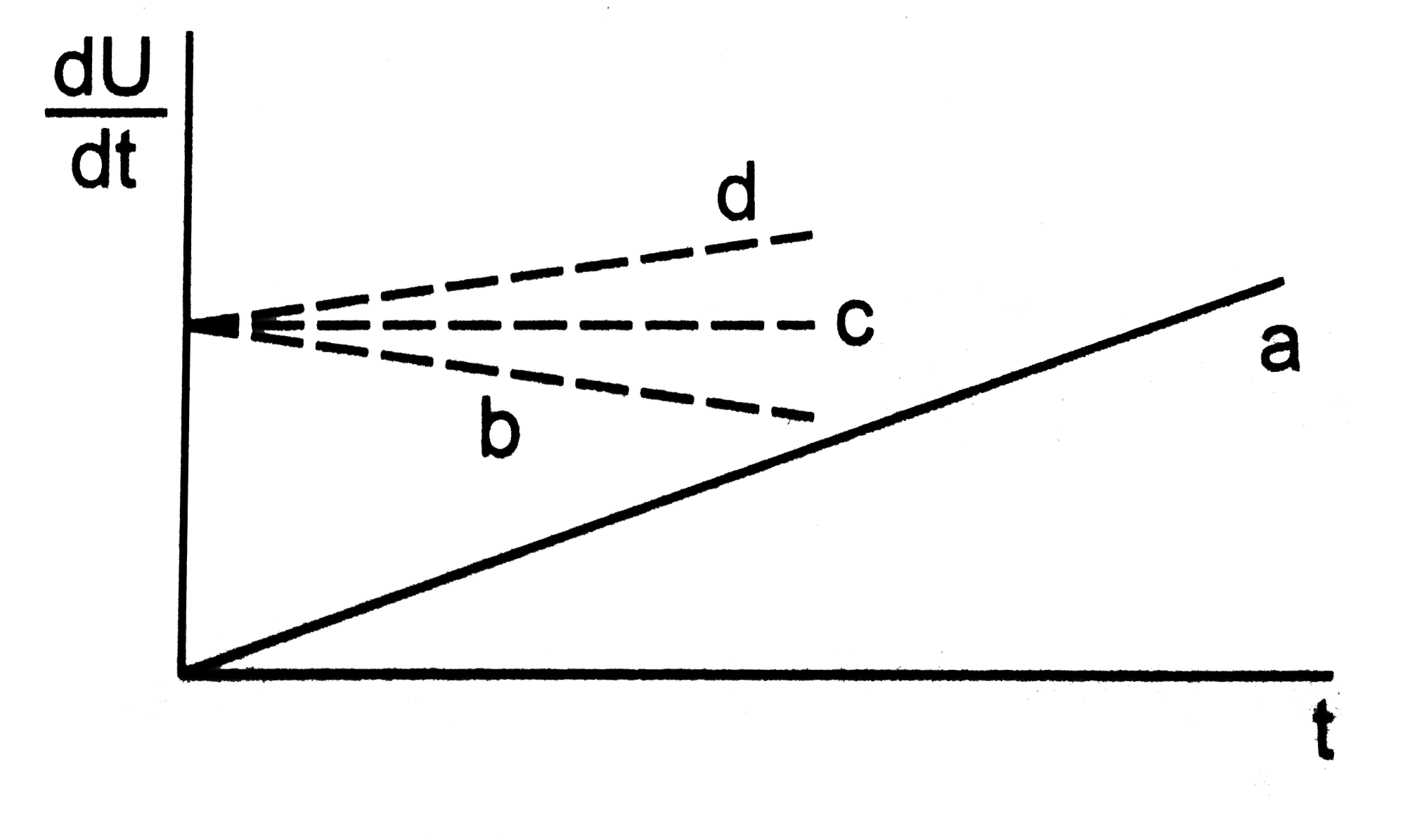
View SolutionElectric bulb 50 W 100 V glowing at full power are to be used in parallel with battery 120 V, 10`Omega`. Maximum number of bulbs that can be connected so that glow in full power is
View SolutionWhat will happen when a 40 watt 220 volt lamp and 100 watt-220 volt lamp are connected in series across 40 volt supply?
View SolutionSome electric bulbs are connected in series across a 220 V supply in a room. If one bulb is fused, then remaining bulbs are connected again in series (after removing the fused bulb) across the same supply. The illumination in the room will
View SolutionTwo bulbs `X` and `Y` having same voltage rating and of power 40 watt and 60 watt respectively are connected in series across a potential difference of 300 volt, then
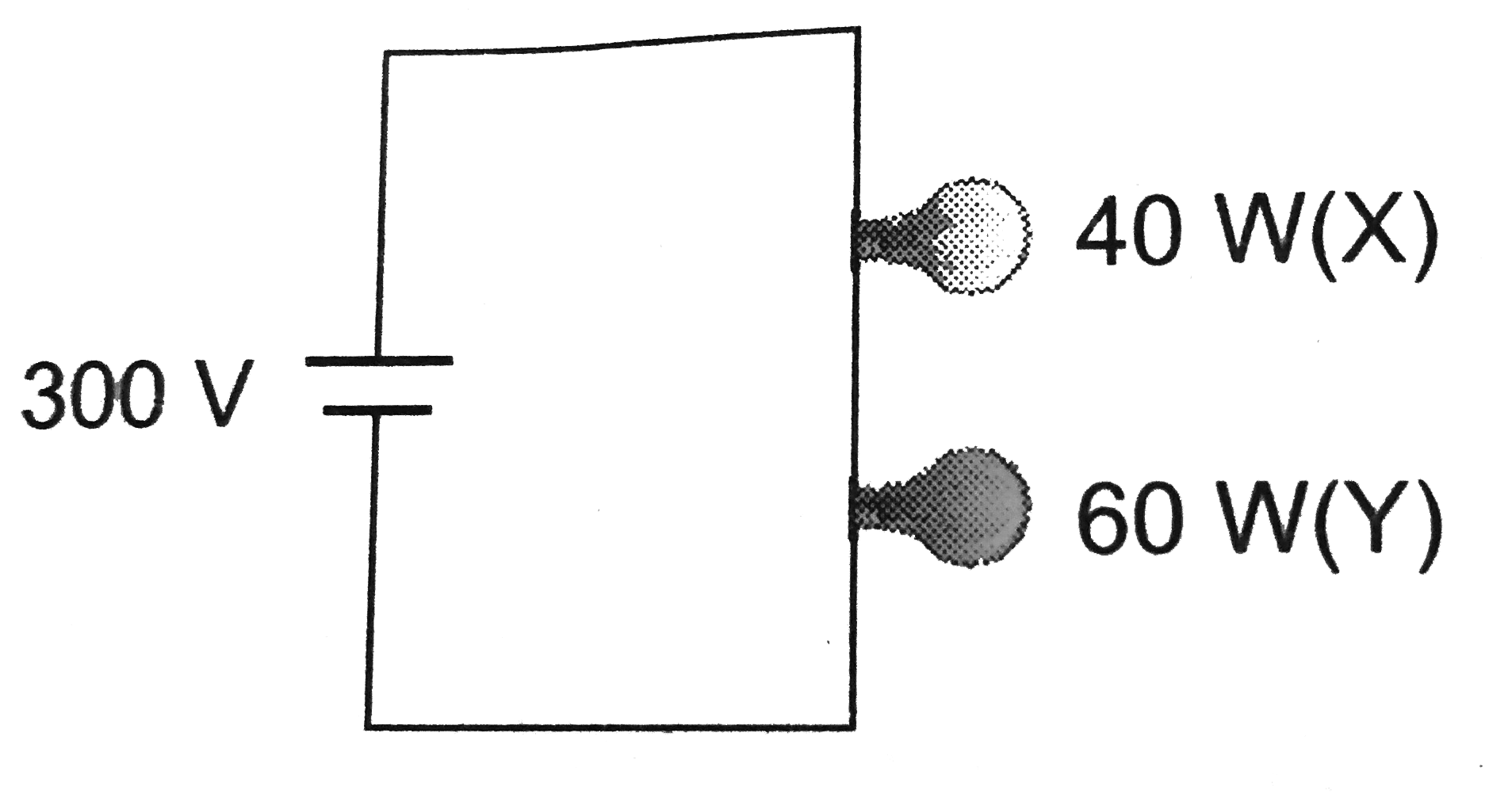
View SolutionIn the circuit shown in Fig. `7.39`, the heat produced in the `5 Omega` resistor due to the current flowing through it is `10 cals^(-1)` . The heat generated in the `4 Omega` resistor is
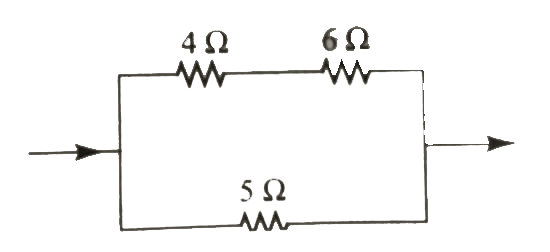
View SolutionWater boils in an electric kettle in 15 minutes after switching on. If the length of the heating wire is decreased to `2//3` of its initial value, then the same amount of water will boil with the same supply voltage in
View SolutionIn the circuit as shown in the figure, the heat produced by 6 ohm resistance due to current flowing in it is 60 calorie per second. The heat generated across 3 ohm resistance per second will be
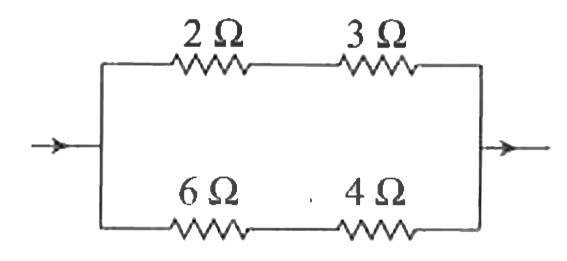
View SolutionThe resistance of a heater coil is `110 Omega`. A resistance `R` is connected in parallel with it and the combination is joined in series with a resistance of `11 Omega` to a `220 V` main line. The heater operates with a power of `110 W`. The value of `R` in `Omega` is
View SolutionFour identical electrical lamps are labelled `1.5 V` `0.5 A` which describes the condition necessary for them to operate at normal brightness. A `12 V` battery of negligible internal resistance is connected to lamps as shon, then
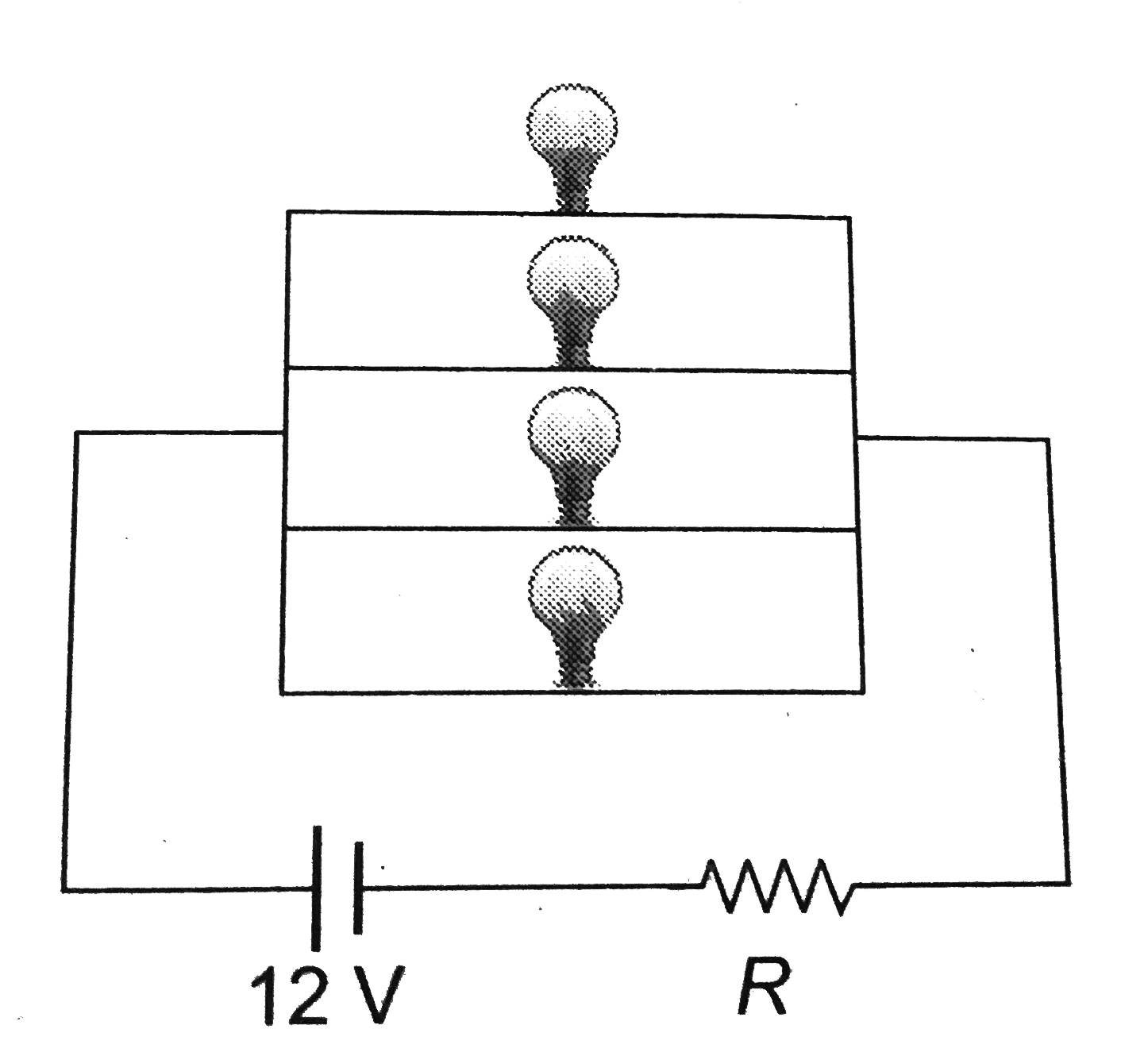
View SolutionIf the cell of emf 5 volt shown in the figure gives a power of 10W. Q, find the powers consumed by the resistors `2 Omega` and `1 Omega`
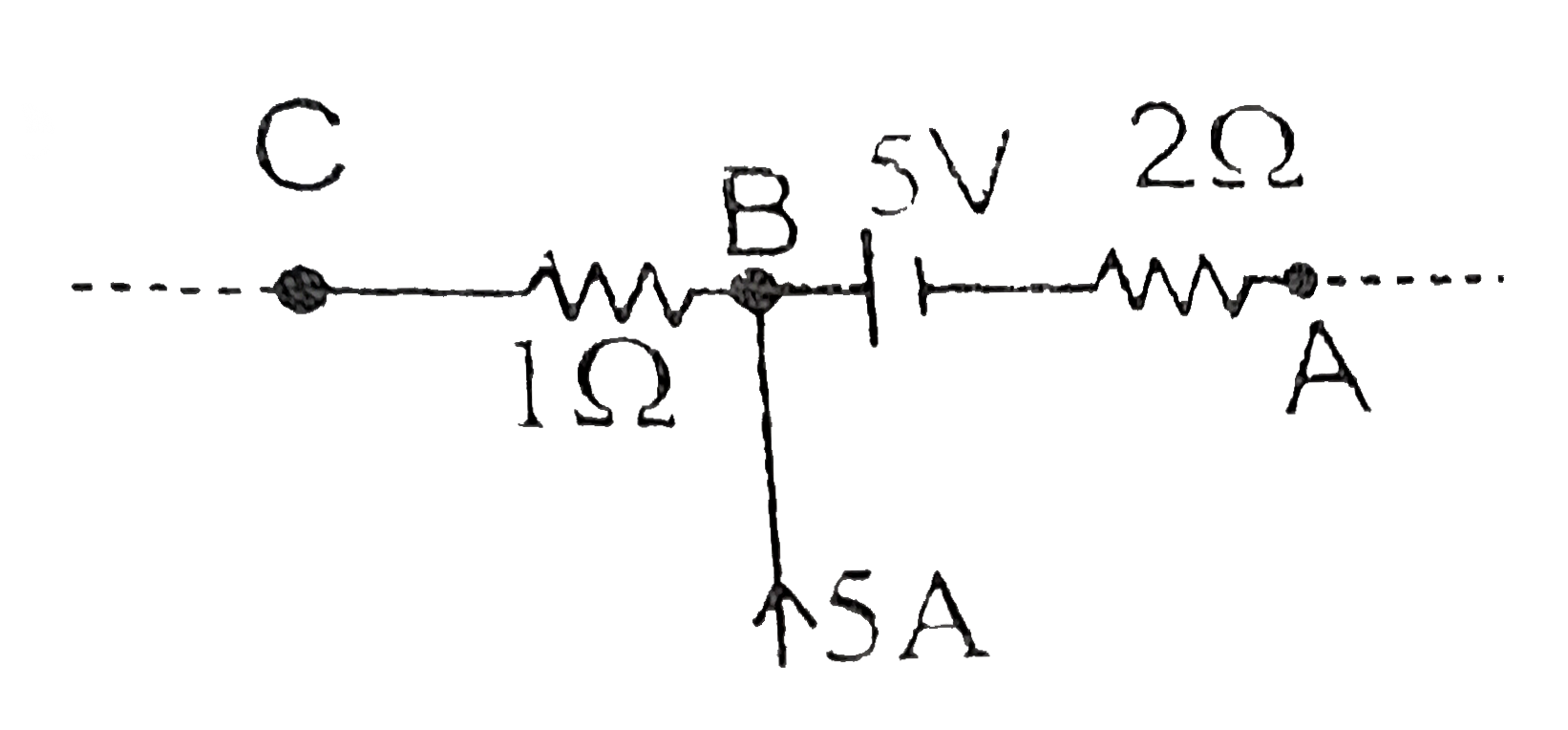
View SolutionConsider the circuit in the figure.
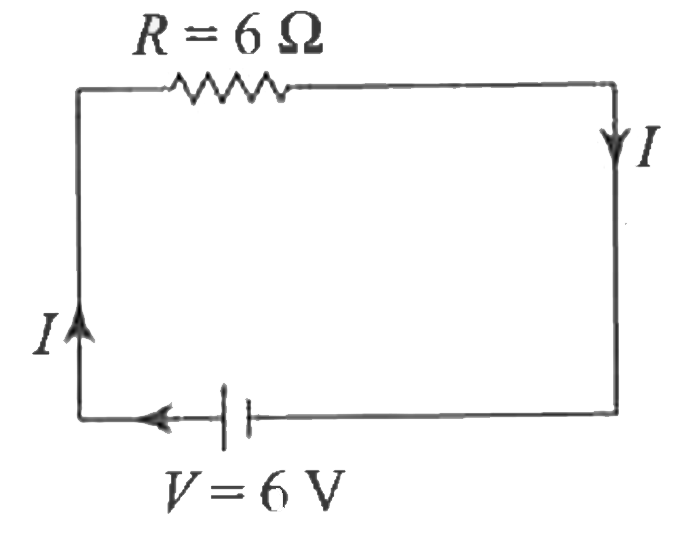
(a) how much energy is absorbed by electrons from the initial state of no current (ignore thermal motion) to the state of drift velocity?
(b) Electrons give up energy at the rate of `Rl^(2)` per second to the thermal energy. What time scale would the number associate with energy in problem (a)? n = number of electron/volume `=10^(29)//m^(3)`. Length of circuit = 10cm cross-section = `A = (1mm)^(2)`.
View SolutionIn figure , battery of emf E has internal reistance r and a variable resistor. At an instant, curent flowing through the circuit is i, potential difference between the terminals of cells is V, thermal power developed in external circuit is P, and thermal power developed in the cell is equal to fraction `eta` of total electrical generated in it. Which of the following graphs is//are correct?
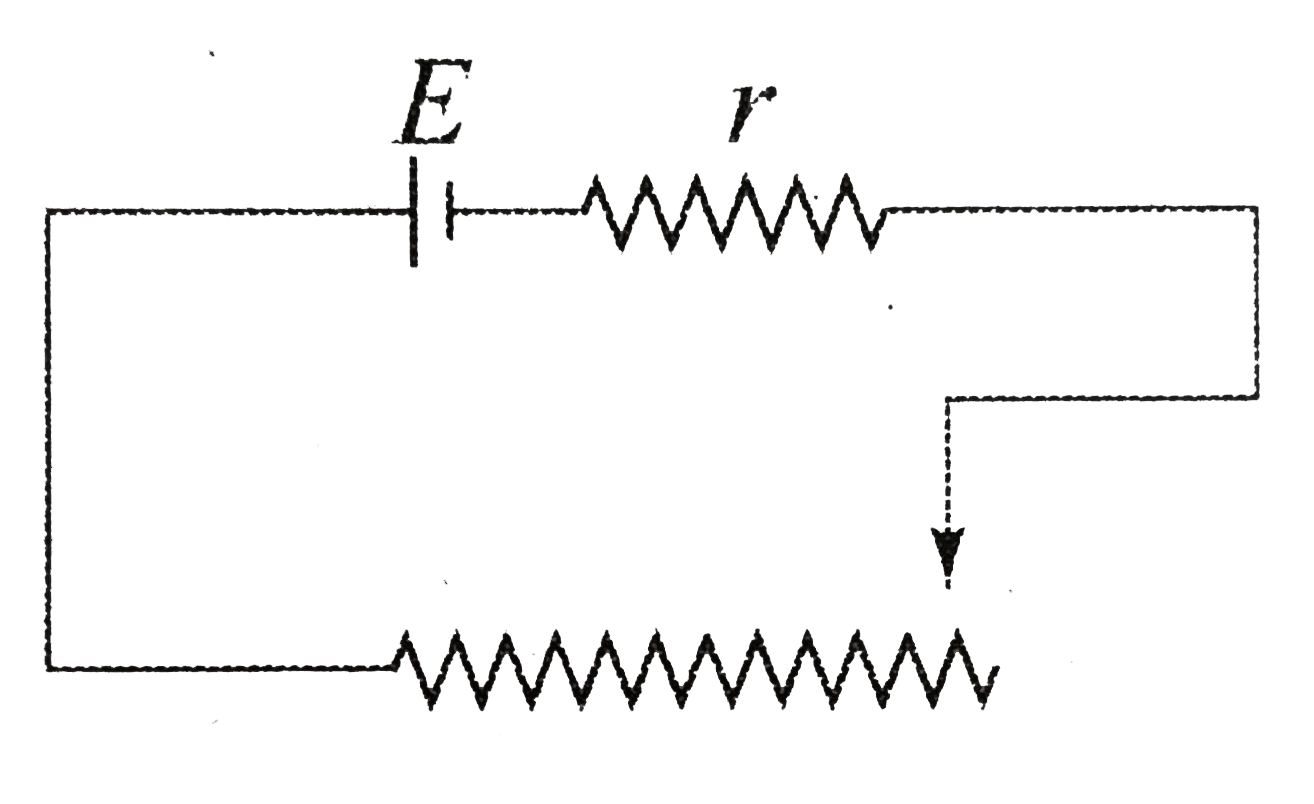
View SolutionTwo identical electric lamps marked `500 W`, `220 V` are connected in series and then joined to a `110 V` line. The power consumed by each lamp is
View SolutionFigure `7.37` shows a network of three resistances. When some potential difference is applied across the network , thermal powers dissipated by `A, B and C` are in the ratio

View SolutionIf the length of the filament of a heater is reduced by `10%`, the power of the heater will
View SolutionThe resistance of the filament of a lamp increases with the increase in temperature. A lamp rated `100 W` and `220 V` is connected across `220 V` power supply. If the voltage drops by `10%`, then the power of the lamp will be
View SolutionIn the following circuit, `18Omega` resistor develops 2J/sec due to current flowing through it. The power developed across `10Omega` resistance is
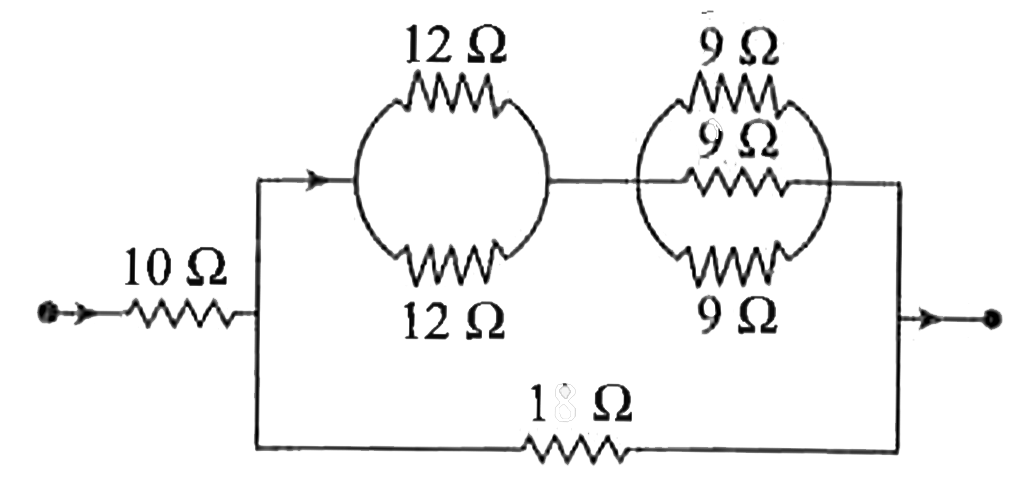
View SolutionFor ensuring dissipation of same energy in all three resistors `(R_(1), R_(2), R_(3))` connected as shown in figure, their values must be related as

View SolutionThe resistance of the filament of an electric bulb changes with temperature. If an electric bulb rated 220 volt and 100 watt is connected `(220 xx 0.8)` volt sources, then the actual power would be
View SolutionAn electric bulb rated for `500 W` at `100 V` is used in a circuit having a `200 V` supply. The reistance `R` that must be put in series with bulb, so that the bulb delivers `500 `W is ……….`Omega`.
View Solution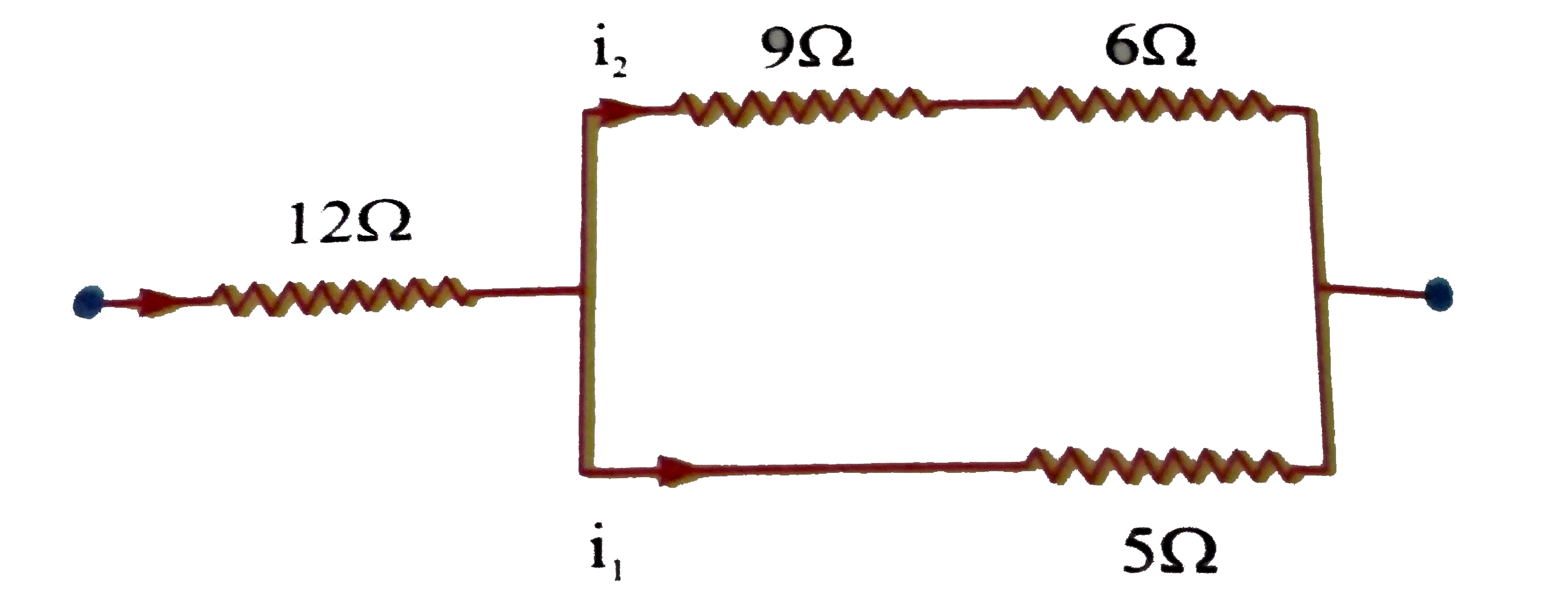
In the following circuit, `5Omega` resistor develops 45 J/s due to current flowing through it. The power developed across `12Omega` resistor is
View SolutionConsider a resistor of uniform cross-sectional area connected to a battery of internal resistance zero. If the length of the resistor is doubled by stretching it, then
View SolutionA variable current flows through a `1Omega` resistor for 2 s. Time dependence of the current is shown in the graph.
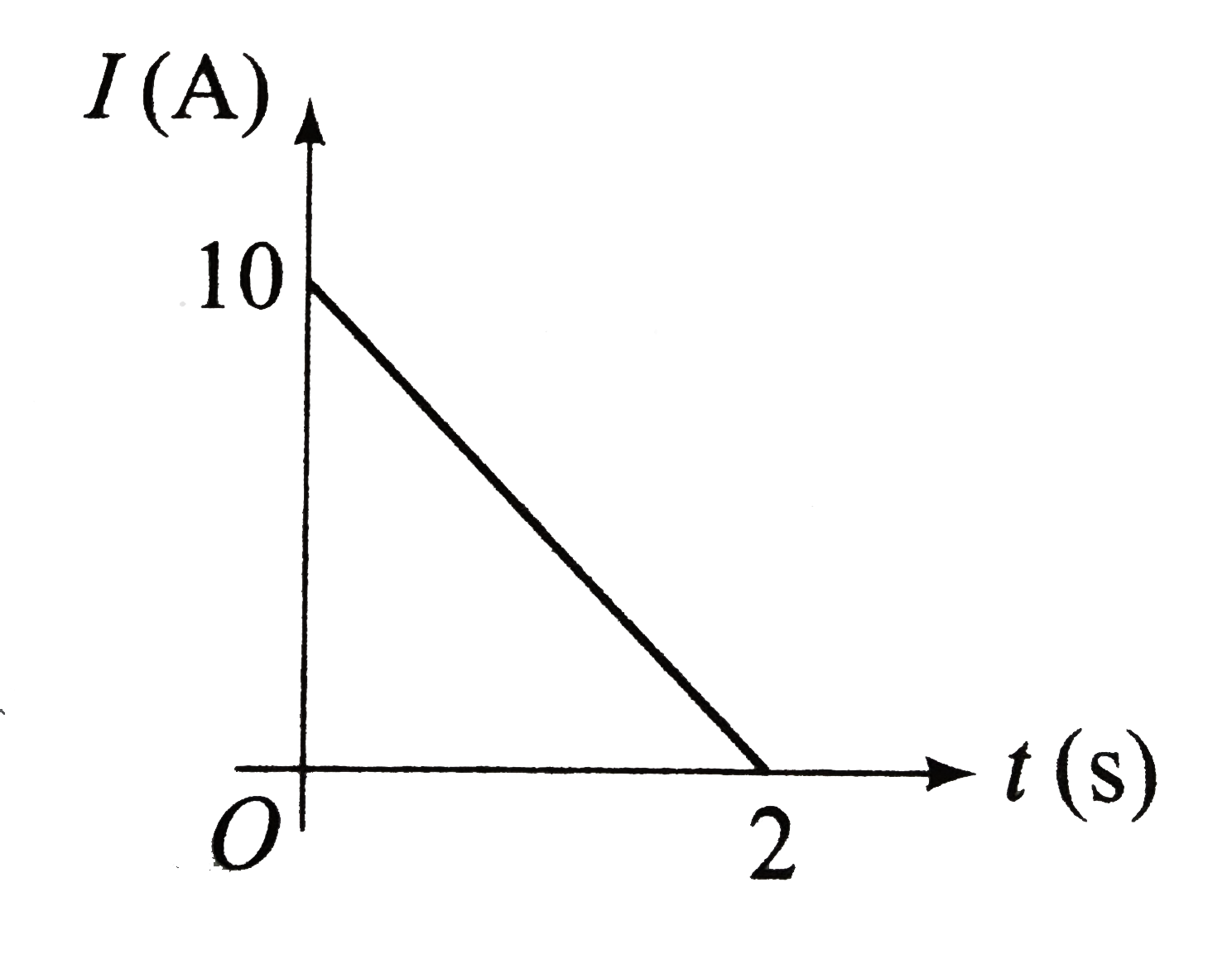
View Solution
Thermal Power in Resistance Connected in Circuit questions and complete solutions for chapter HEATING EFFECT OF CURRENT of CENGAGE PHYSICS (ENGLISH) of Class 12